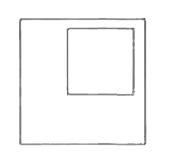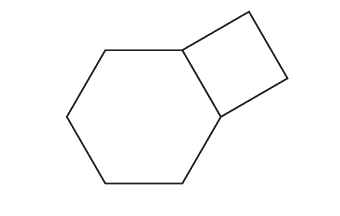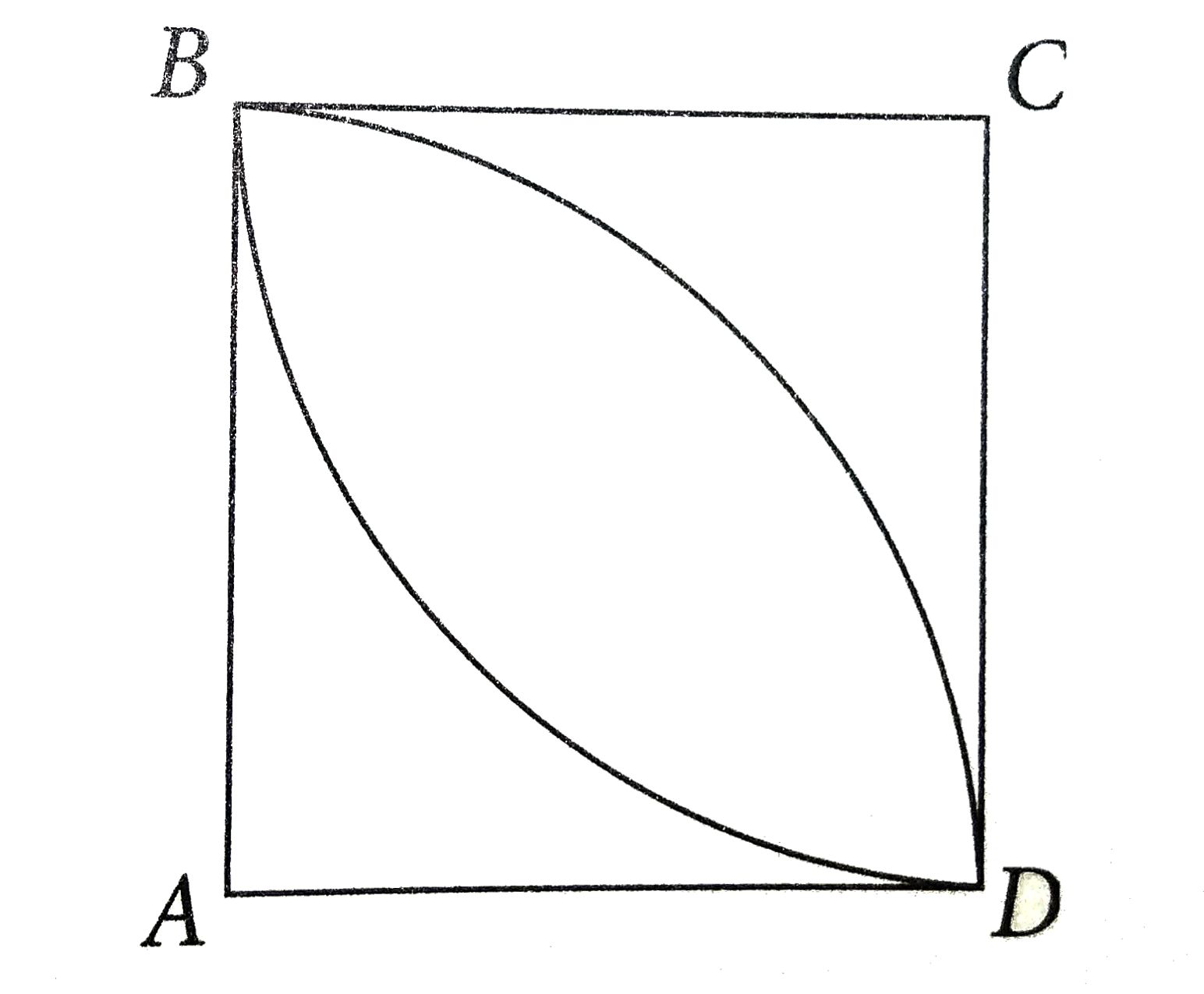In the figure, the smaller square has sides of length 2 and the larger square has sides of length 4. If a point is chosen at random from the larger square, what is the probability that it will be from the small square?

The correct Answer is:1/4
Step by step video, text & image solution for In the figure, the smaller square has sides of length 2 and the larger square has sides of length 4. If a point is chosen at random from the larger square, what is the probability that it will be from the small square? by Maths experts to help you in doubts & scoring excellent marks in Class 12 exams.
Updated on:21/07/2023Similar Questions
In the Figure, a square dart board is shown. The length of a side of the larger square is 1.5 times the length of a side of the smaller square. If a dart is thrown and lands on the larger square. What is the probability that it will land in the interior of the smaller square?
View SolutionAn integer is chosen at random and squared. Find the probability that the last digit of the square is 1 or 5.
View Solution
Knowledge Check

The figure above shows a regular hexagon with sides of length a and a square with sides of length a. If the area of the hexagon is 384 √3 square inches, what is the area, in square inches, of the square?A256B192C64√3D16√3
In the figure above, ABCD is a square with sides of 4. What is the length of arc BD?A8πB4πC2πDπIf the perimeter of a square is 28, what is the length of the diagonal of the square?
A2√14B7√2C7√3D14
In the Fig. 13.12, JKLM is a square with sides of length 6 units. Points A and B are the mid-points of sides KL and LM respectively. If a point is selected at random from the interior of the square. What is the probability that the point will be chosen from the interior of JAB ? (FIGURE)
View SolutionTwo squares of 1×1 are chosen at random on a chestboard. What is the probability that they have a side in common ?
View SolutionIf 4 squares are chosen at random on a chess board, the probability that they lie on a diagonal line is
View SolutionIf twice the area of a smaller square is subtracted from the area of a larger square, the result is 14cm2. However, if twice the area of the larger square is added to three times the area of the smaller square, the result is 203 cm2 . Determine the sides of the square.
View SolutionFind the perimeters of :
A square having each side of length 4.5 cm.
View Solution